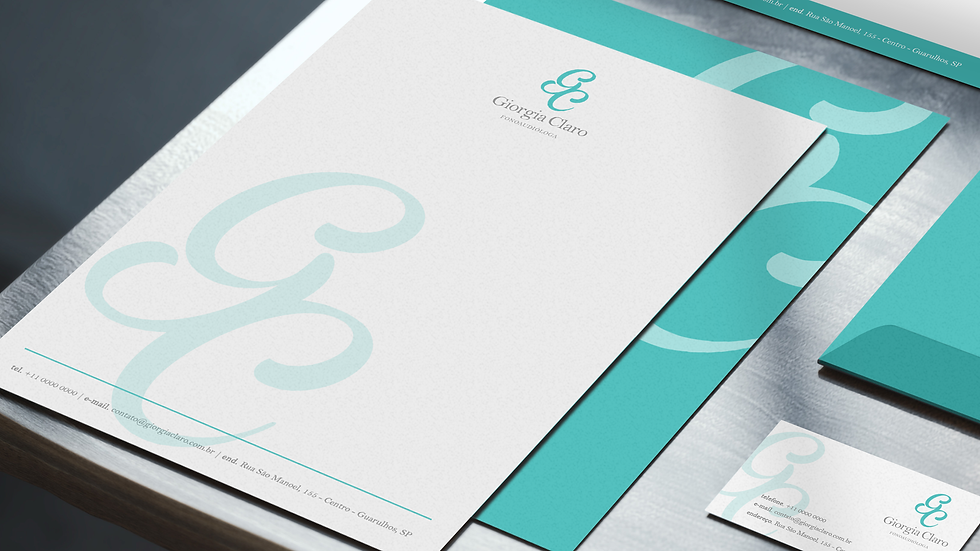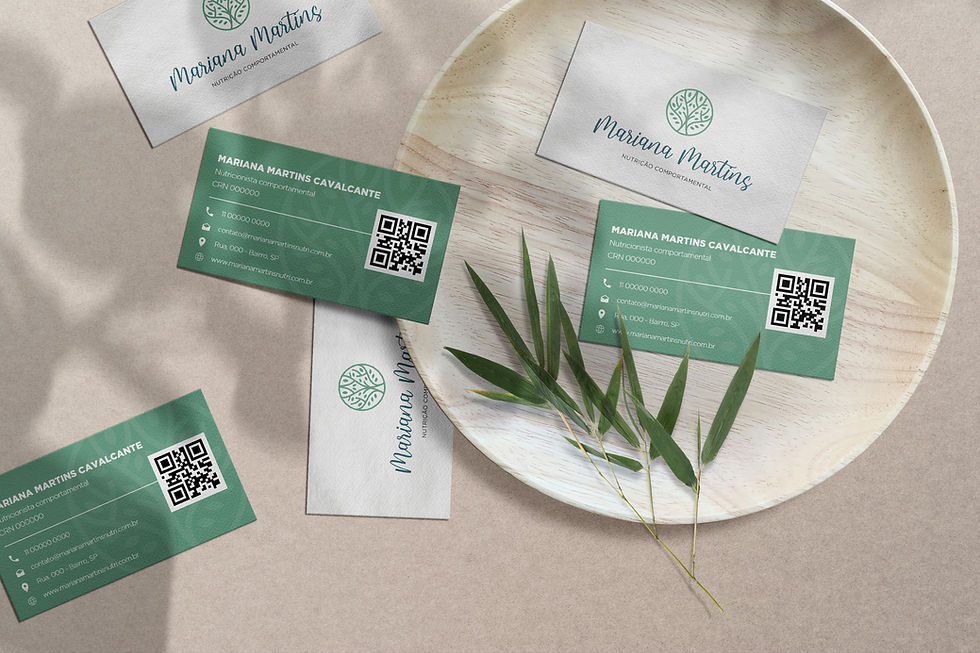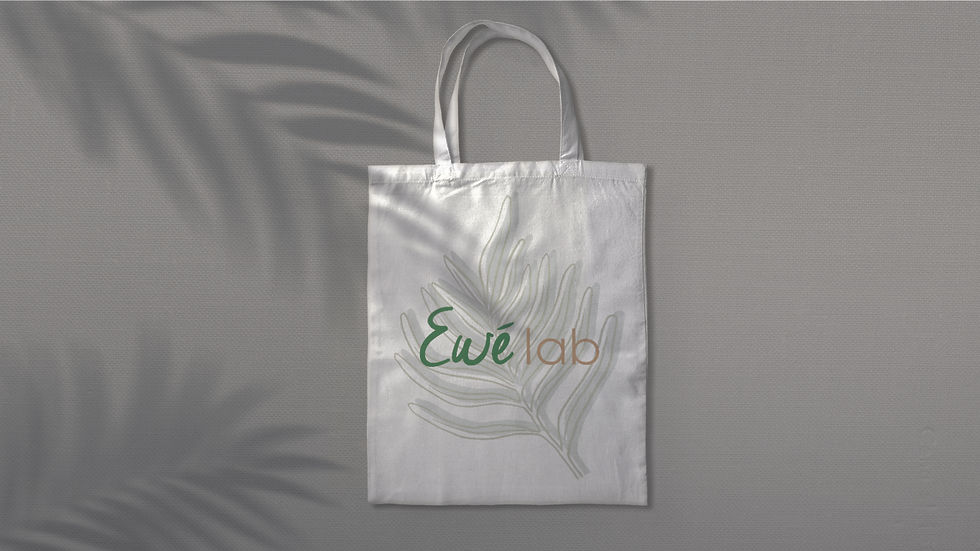What is Visual Identity? Complete Guide to Building a Memorable Brand
- Ariane Abdul

- Aug 8
- 5 min read
Visual identity is one of the fundamental pillars for the success of any brand in today's market. Much more than just a beautiful logo, it represents the visual DNA of your company and silently communicates values, personality, and purpose.
In this comprehensive guide, we'll explore in detail what visual identity is, why it's important, and how to develop it effectively to make your brand stand out in the marketplace.

What is Visual Identity?
Visual identity is the collection of graphic elements that visually represent a brand and make it recognizable to the public. It's the "face" of your company, product, or service – the visual manifestation of everything your brand represents.
A well-built visual identity transmits the brand's essence coherently across all touchpoints with consumers, whether in physical or digital environments. It goes far beyond the logo, encompassing various elements that, together, create a unified and memorable perception of your brand.
Visual identity works as a silent visual language that instantly communicates who you are, what your values are, and how you want to be perceived in the market.
Essential Elements of a Complete Visual Identity
1. Logo Design: Your Brand's Foundation
The logo is often confused with visual identity as a whole, but it's just one of its main components. It's your unique graphic symbol that represents your brand and is used on all materials for instant recognition. Logos can be classified as:
Logotype: When formed only by typography (like Google, Coca-Cola)
Symbol/Icon: Graphic element without text (like Apple's apple)
Logo mark: Combination of symbol and text (like Nike with the swoosh and name)
Monogram: Stylized company initials (like IBM)
2. Brand Colors: The Psychology of Color
Colors evoke specific emotions and associations in consumers' minds. A palette of specific colors that represent your brand and evoke particular emotions and associations should:
Differentiate your brand from competitors in the market
Trigger sensations aligned with company values
Facilitate instant brand recognition
Influence consumer purchasing decisions
Generally, it includes primary colors (main) and secondary colors (complementary) of the brand, with precise specifications for reproduction across different media and supports.
3. Typography: Your Brand's Visual Voice
The choice of fonts also communicates brand personality:
Serif fonts can convey tradition, elegance, and reliability
Sans-serif fonts convey modernity, simplicity, and clarity
Script fonts suggest creativity, authenticity, and personality
Display fonts bring unique and striking personality
A visual identity typically defines specific fonts for headlines, body text, and highlight elements.
4. Complementary Graphic Elements
These are patterns, icons, illustrations, and textures that complement the visual system:
Repetitive patterns for backgrounds and applications
Decorative elements for various materials
Characteristic illustration or photography styles
Custom and exclusive brand icons
5. Grid and Layout Structure
These are structures that guide element placement in different materials:
Standardized proportions and alignments
Consistent spacing between elements
Clear and functional visual hierarchy
Recurring and recognizable compositions
6. Visual Tone of Voice
Refers to the style and visual approach that reflects brand personality:
Minimalist or abundant in elements
Classic or contemporary in approach
Serious or relaxed in tone
Organic or geometric in forms

Why is Visual Identity Important for Your Brand?
1. Instant Recognition and Memorability
Consistent visual elements make your brand easily identifiable by the public, even at a glance. The brain processes images much faster than text, so a strong visual identity creates mental shortcuts for brand recognition.
2. Competitive Market Differentiation
In a competitive scenario, a unique visual identity helps your brand stand out from competitors and occupy a distinct space in consumers' minds, creating sustainable competitive advantage.
3. Integrated Communication Coherence
When all materials follow the same visual guidelines, communication becomes more cohesive and effective, reinforcing the brand message consistently across all touchpoints.
4. Professionalism and Credibility
A well-executed visual identity conveys professionalism, attention to detail, and commitment to quality, significantly increasing public trust in the brand.
5. Emotional Connection with Audiences
Visual elements have the power to evoke emotions and create deeper connections with audiences, strengthening brand relationships and increasing customer loyalty.
Visual Identity vs Branding: Understanding the Differences
Although frequently used as synonyms, these terms have distinct and complementary meanings:
Visual Identity: The tangible and visual manifestation of the brand, encompassing graphic elements that represent it visually.
Branding: A broader concept that includes all brand management — from its essence, positioning, and values to the complete customer experience, including visual identity as part of this strategic process.
In other words, visual identity is a component of branding, being the visual expression of the overall brand strategy.
How to Develop Effective Visual Identity: Step by Step
1. Understanding Brand Essence
Before any visual creation, it's essential to understand deeply:
Company mission, vision, and values
Strategic market positioning
Target audience and their specific expectations
Brand personality and tone of voice
2. Market and Competition Research
Analyzing the sector and competitors helps to:
Identify relevant visual trends in the segment
Find visual differentiation opportunities
Understand what works (or doesn't) in the specific context
Map visual gaps in the market
3. Define Strategic Visual Concepts
Based on collected information, it's possible to define visual directions:
Keywords that translate brand essence
Visual references aligned with strategic concept
Mood boards with possible aesthetic directions
Detailed creative brief
4. Create Basic Elements
From defined concepts, systematically develop:
Logo options and variations
Primary and secondary color palettes
Complementary typography families
Supporting graphic elements
5. Develop Practical Applications
Test created elements in different real contexts:
Basic stationery (business cards, letterhead)
Promotional and advertising materials
Website and social media
Packaging (if applicable to business)
Physical environment (if applicable)
6. Document in Visual Identity Manual
Record all guidelines in a document that will serve as a guide for future applications, including:
Correct logo versions and applications
Precise technical color specifications
Detailed typography usage rules
Examples of correct and incorrect applications
Templates and standards for different materials

Visual Identity Manual: Your Brand's Guide
The Visual Identity Manual (VIM) is an essential document that records all guidelines for correct use of brand visual elements. It includes visual elements and the processes and standards that ensure consistency in your visual identity across all channels and mediums.
A complete manual includes:
Brand presentation: Contextualization about the company and concepts
Primary elements: Logo, colors, and typography with technical specifications
Secondary elements: Patterns, icons, photographic styles
Practical applications: Usage examples in different materials
Usage restrictions: What not to do with brand elements
When to Renew Your Visual Identity?
A visual identity doesn't need to be eternal, but it shouldn't be changed without solid strategic reasons. Consider a redesign when:
Current identity no longer reflects values or positioning
Significant business changes occurred (mergers, new markets)
Visual is outdated and doesn't connect with current audience
Technical problems exist in element applications
Brand faces perception problems in the market
Visual Identity for Small Businesses
Even small businesses greatly benefit from a well-built visual identity. The good news is that a large budget isn't necessary to start:
Start with essential elements: logo, main colors, and one font
Maintain consistency even with limited resources
Create basic templates for your most used materials
Evolve identity gradually as the company grows
Invest in Your Brand's Visual Identity
Visual identity is a strategic investment that goes far beyond aesthetics. It's the visual materialization of your brand's personality and a powerful competitive differentiator in today's market.
When well-developed and consistently applied, it builds recognition, generates trust, and strengthens relationships with audiences, directly impacting business results.
At AJ, we understand the importance of an authentic and impactful visual identity. Our specialized team works to transform your business essence into memorable visual elements aligned with your strategic objectives.
Want to discover how we can help develop or renew your company's visual identity? Contact us and let's discuss the possibilities to transform your brand into a visual reference in your market.




Comments